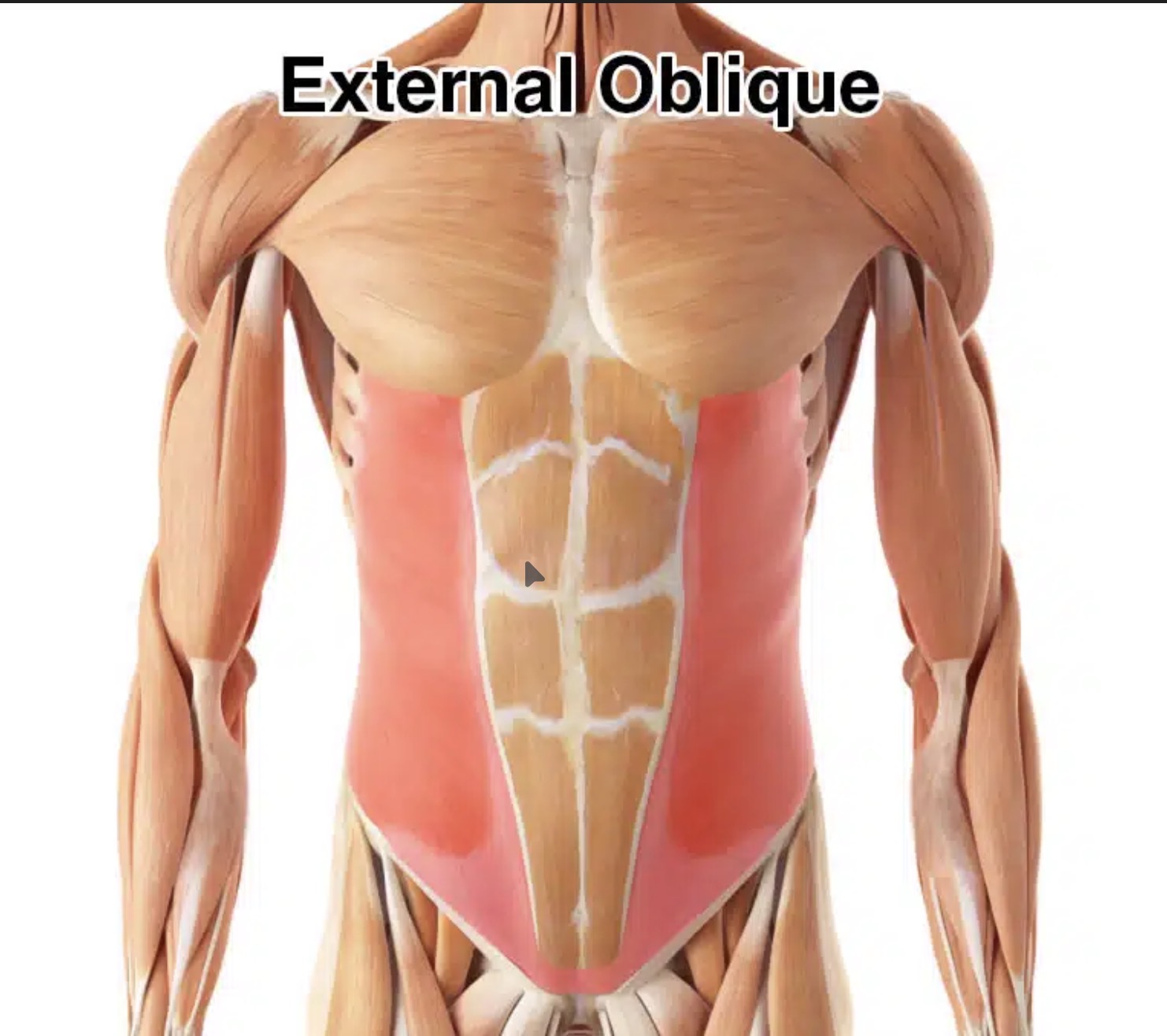Muscle Structure, Disease and Naming
1/24
Earn XP
Description and Tags
Flashcards covering key vocabulary related to muscle structure, diseases, and naming conventions in anatomy.
Name | Mastery | Learn | Test | Matching | Spaced |
|---|
No study sessions yet.
25 Terms
Epimysium
The outermost layer of connective tissue that surrounds a muscle.
Fascicle
A bundle of muscle fibers (myofibers) surrounded by perimysium.
Myocyte
Another term for a muscle fiber or muscle cell.
Endomysium
The connective tissue that surrounds each individual muscle fiber.
Myofibril
A long, thread-like structure found within muscle fibers, composed of sarcomeres.
Hypertrophy
The increase in muscle fiber size due to an increase in the number and size of myofibrils.
Atrophy
The loss of muscle mass and strength due to disuse, aging, or neurological conditions.
Sprain
An injury to a ligament caused by a sudden twist or impact, forcing a joint beyond its normal range.
Strain
An injury to a muscle or tendon; often referred to as a 'pulled muscle'.
RICE
A common treatment method for soft tissue injuries: Rest, Ice, Compression, and Elevation.
Grade 1 Muscle Strain
Involves stretching of muscle fibers with mild pain and swelling.
Grade 2 Muscle Strain
A partial tear of muscle fibers with more severe pain and swelling.
Grade 3 Muscle Strain
A complete tear of muscle or tendon that may require surgery.
Flexor
A muscle that decreases the angle between body parts.
Extensor
A muscle that increases the angle between body parts.
Adductor
A muscle responsible for moving a limb or other part toward the body's midline.
Pronator
A muscle that turns the palm down or faces the body.
Levator
A muscle that elevates a body part.
Depressor
A muscle that lowers a body part.
Maximus
Latin term meaning largest, often used in naming muscles.
Biceps
A muscle with two heads, often located in the upper arm.
Trapezius
A muscle that is shaped like a trapezoid, located in the back.
Sternocleidomastoid
A muscle running from the sternum and clavicle to the mastoid process.

External abdominal oblique
A superficial abdominal muscle whose fibers run at an angle.
Tri-
Prefix meaning three, often used in muscle naming to indicate the number of heads.